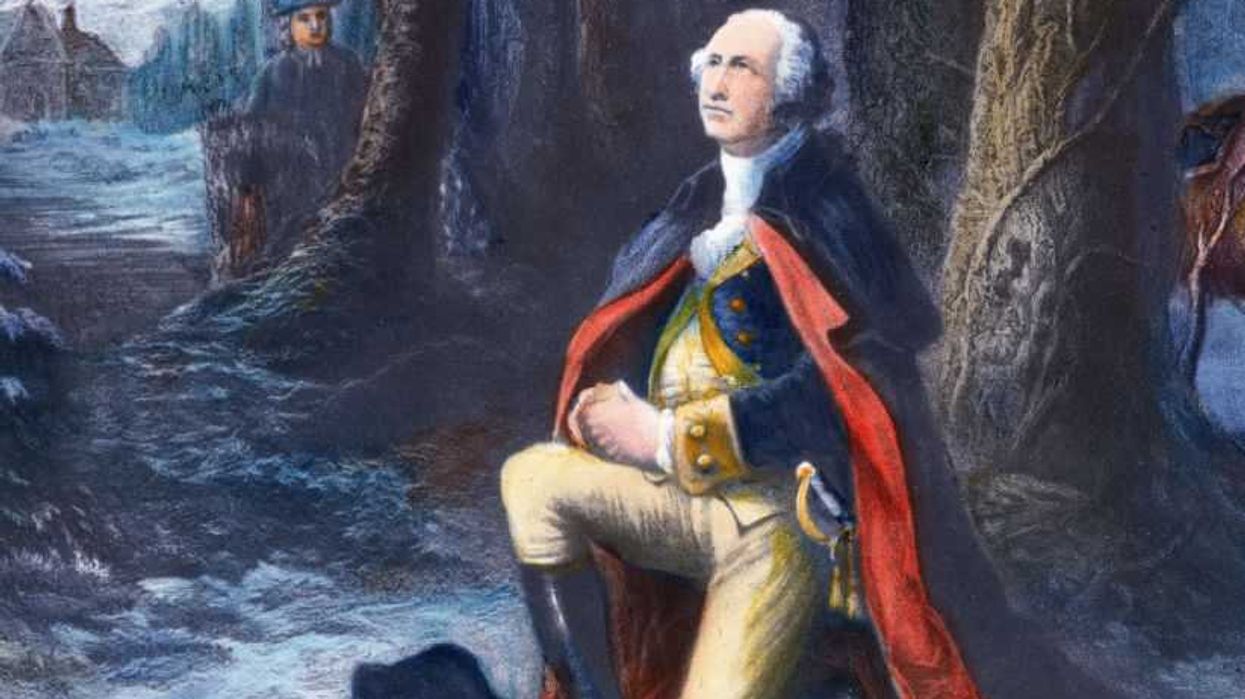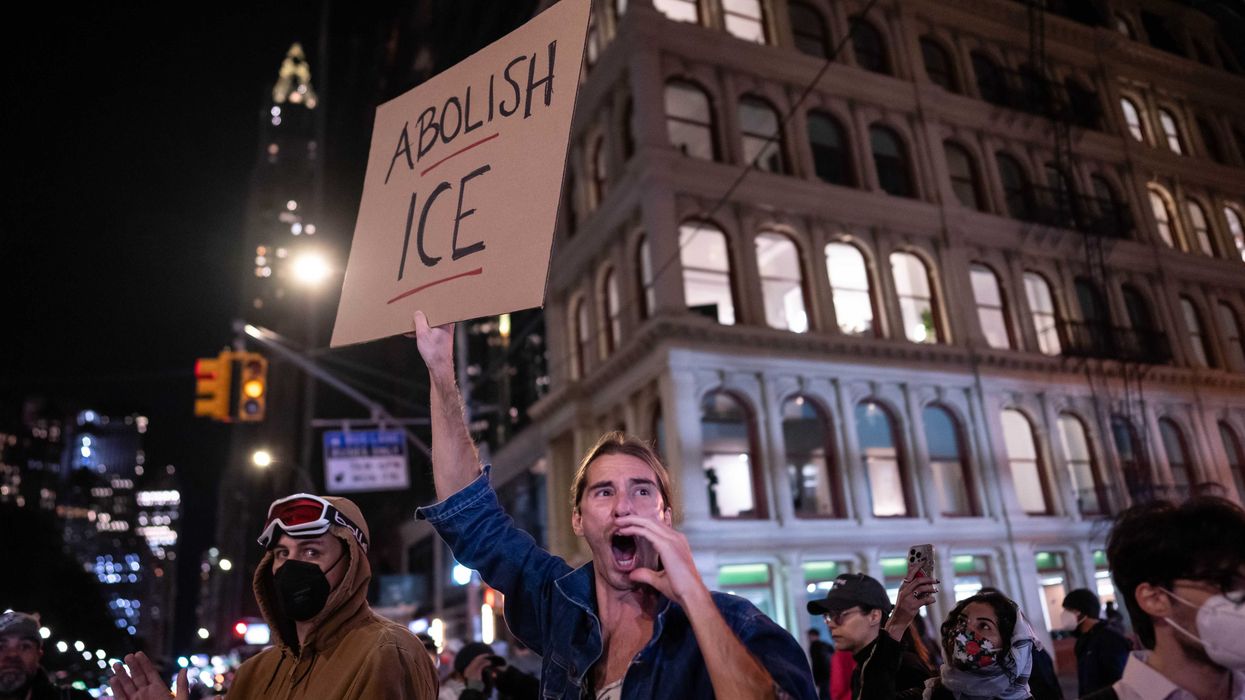I recently accompanied my two sons on a school trip to the Dallas Holocaust Museum. Why did I go? Why take a morning off work to schlep a carload of tweens downtown? Two reasons.
Freaked-out Mom Reason #1
First things first, the recent threats against Jewish Community Centers in the U.S. had me a little rattled. My brain imagined the museum under attack and my children being in danger, confused and trapped. So, I mentally developed a military-style evacuation that only a paranoid, multi-tasking mom could conjure up. (Shout out to all the anti-semite, knife-wielding freaks wreaking havoc on my sanity.) And let’s be frank. If my kids are going down, I’m going down with them — and taking out a few bad guys on the way. All for one and one for all, that’s my motto.
Freaked-out Mom Reason #2
Mostly though, I knew the images and details they’d encounter — emaciated bodies piled on carts and thrown into trenches, numbers tattooed on children and adults, scores of shoes and other personal effects stolen from the dead. They’d never seen anything like that before And, really, I’d barely recovered from telling them about slavery five years ago in the third grade. Now this? (Thanks, mankind, it’s a real thrill teaching my children about your atrocities.) Clearly, this wasn’t going to be your typical field trip to the science museum. No learning about the Jurassic period and seeing giant replicas of Tyrannosaurus Rex on this trip. This was going to be visceral and shocking — and I wanted to be there.
April 19, 1943
The museum captivated our attention, with both images and audio. The permanent exhibit in Dallas is small, but impactful. It focuses on one day during the Holocaust: April 19, 1943. On this day three distinct events took place:
• The 20th Deportation Train from Belgium was attacked by partisans
• The Warsaw Ghetto Uprising began
• The Bermuda Conference began
One stark visual (shown above), was a set of columns, graduated in size to represent the number of Jews killed during each year of the Holocaust. The largest column from 1942 showed how the killing escalated to enormous proportions, just one year before the day featured at the Dallas Holocaust Museum.
According to the National Holocaust Museum in Washington, D.C., the Jewish population of Europe stood at over nine million in 1933. By 1945, the Germans and their collaborators had killed nearly two out of every three European Jews as part of the "Final Solution," the Nazi policy to murder the Jews of Europe.
A Survivor's Story
A highlight of our trip was hearing Holocaust survivor Mr. Max Glauben, a man who is full of joy despite losing his entire family, living in the Warsaw ghetto of Poland and surviving a concentration camp as a teenager. Many of the details in his astonishing account I’d heard before. However, one personal moment left me shaking. When Mr. Glauben rolled up his sleeve to show the letters “KL” tattooed into his skin, my hands automatically rose to cover my mouth and a small gasp escaped. I’d only ever seen pictures of these permanent markers. Unexpectedly seeing his scarred skin was a powerful and stark reminder of the responsibility we all bear to protect religious freedom.
The Most Important Lesson
In the end, my boys probably would have been fine without me. The teachers and other volunteer parents were attentive. But, I was grateful to be there to answer questions, guide them through the museum and give a hug now and then. How do you possibly explain to your children that people stood by while six million innocents were tortured and slaughtered? My youngest son, when asked about his visit, called it “indescribable.”
Our final moment in the museum was in the lecture hall after hearing Mr. Glauben’s hour-long talk. On the way out, my oldest son had the opportunity to shake his hand. I couldn’t have been more proud to witness it.
Find a holocaust museum near you to learn about and remember this critical time in history.

 Joe Raedle / Staff | Getty Images
Joe Raedle / Staff | Getty Images
 AASHISH KIPHAYET / Contributor | Getty Images
AASHISH KIPHAYET / Contributor | Getty Images Harold M. Lambert / Contributor | Getty Images
Harold M. Lambert / Contributor | Getty Images Adam Gray / Stringer | Getty Images
Adam Gray / Stringer | Getty Images